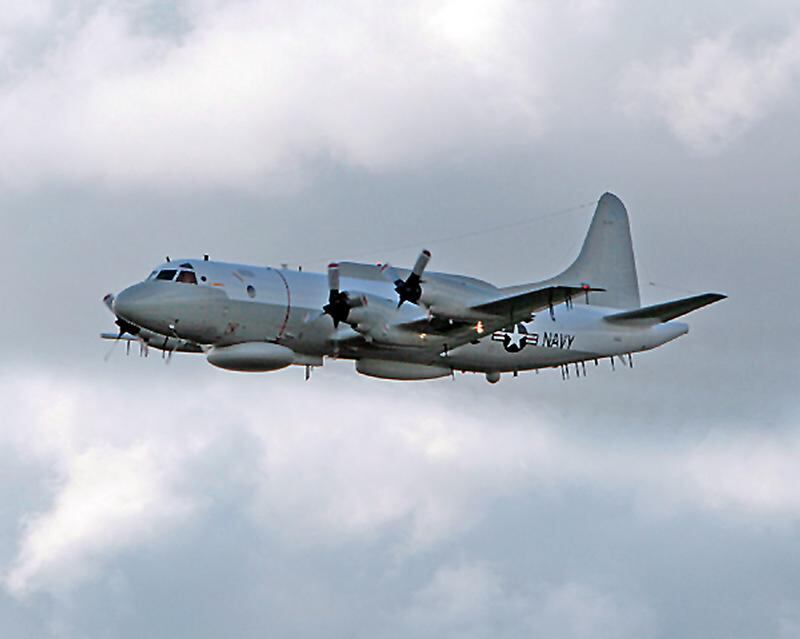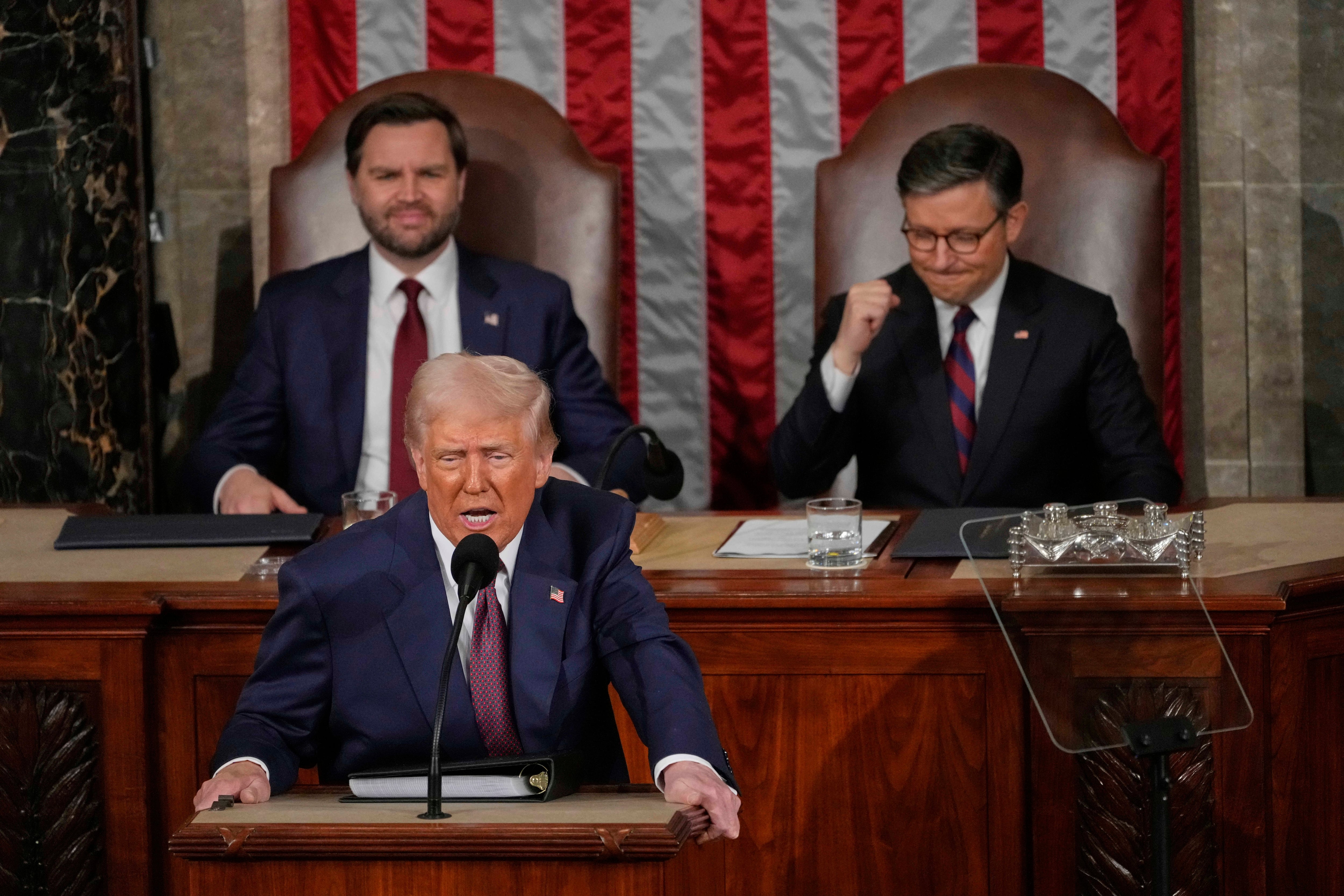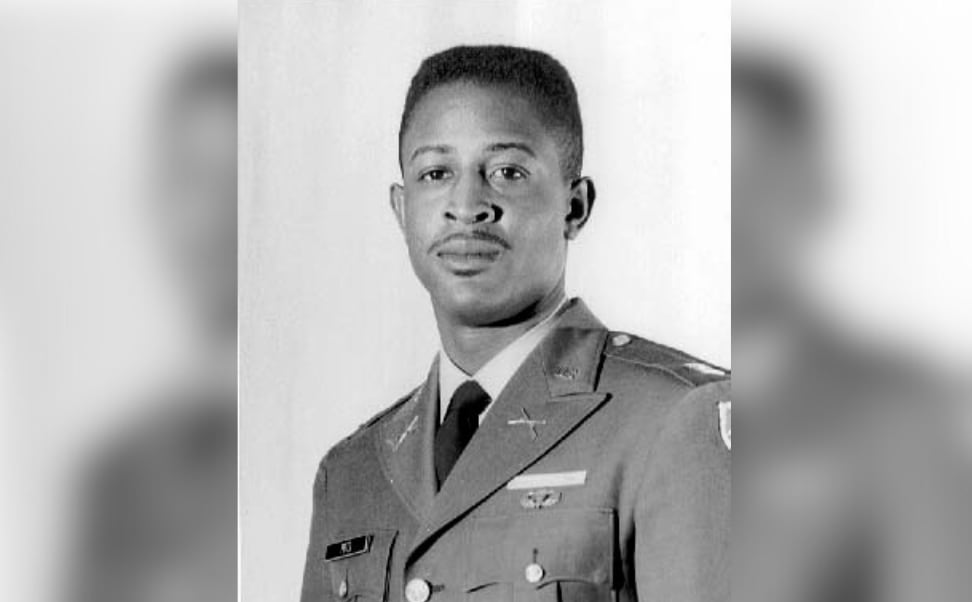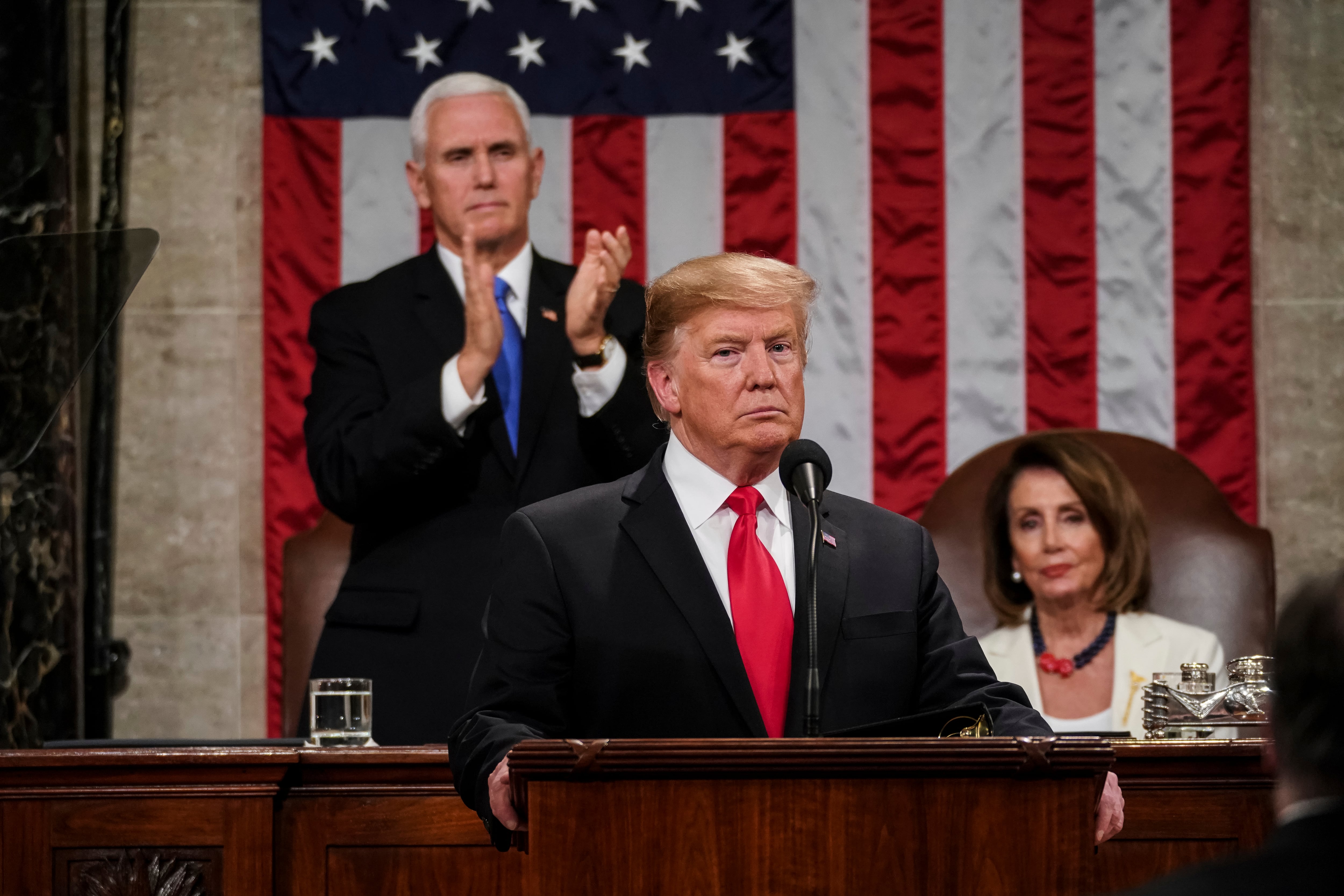WASHINGTON – A U.S. EP-3 surveillance plane was forced to take evasive action to avoid a collision with two Chinese fighter jets Sunday, defense officials said.
The electronic surveillance aircraft was flying in international waters in the East China Sea, 80 nautical miles south of Qingdao, China, when two Chinese J-10s approached from behind, Pentagon spokesman Navy Capt. Jeff Davis said.
One of the fighters flew under the surveillance plane then popped up in front of it, which “triggered the plane to take evasive maneuvers,” said a second U.S. defense official who spoke on the condition of anonymity.
On Monday the officials called the maneuver unsafe and warned it could have led to miscalculation and escalation between the U.S. and Chinese aircraft.
“They were armed,” the official said of the J-10s, whereas the unescorted EP-3 was not.
In addition, “there was not communication” between the Chinese and U.S. aircraft which made the maneuver more dangerous, the official said.
News of the intercept comes as the administration of President Donald Trump has decided to increase the number of planned freedom of navigation patrols in the South China Sea where China has built and militarized a chain of man-made islands, the official said.
The plan calls for a freedom of navigation sail in the region about once a month, the official confirmed, although the timing of those operations may vary.
The U.S. has conducted a handful of freedom of navigation operations in the South China Sea, sending destroyers within the 12-nautical mile zone extending from the man-made islands.
China has repeatedly claimed ownership of the waters within that zone, a claim the U.S. contests.
Tara Copp is a Pentagon correspondent for the Associated Press. She was previously Pentagon bureau chief for Sightline Media Group.




